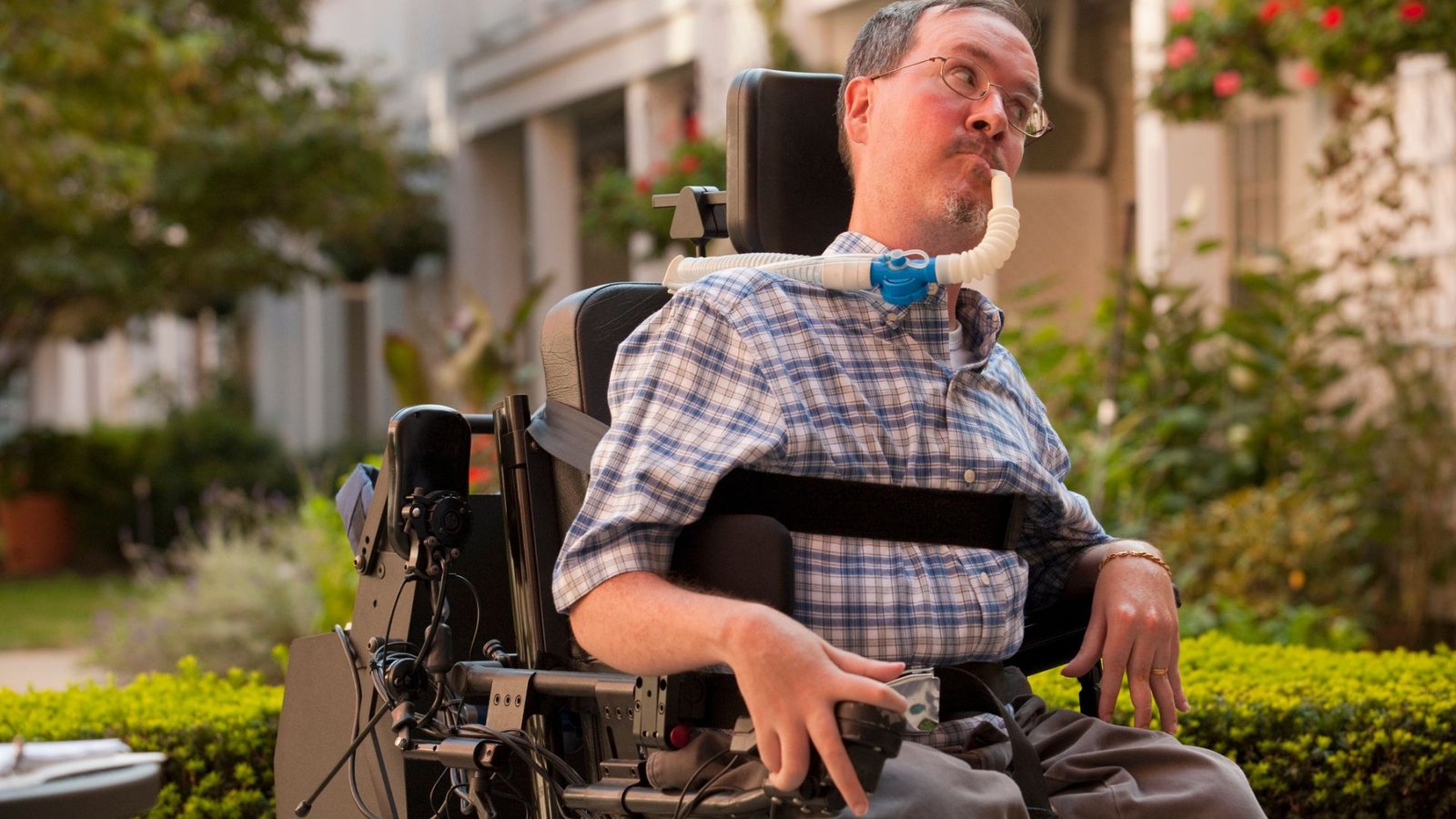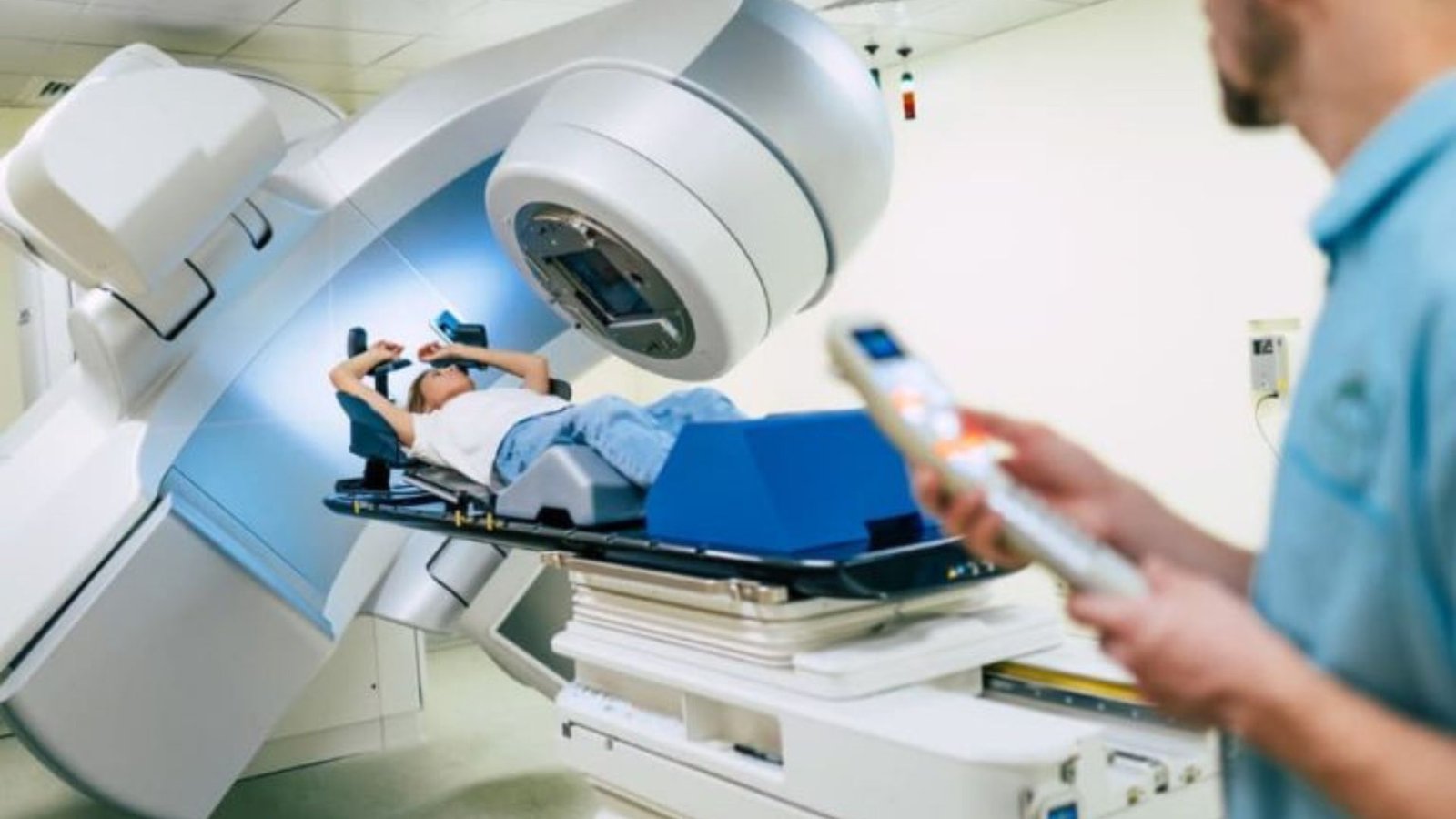At PreciousLegacy.com, we are dedicated to providing support, resources, and information for individuals and families navigating the challenges of serious and terminal illnesses. We understand that dealing with a serious health condition can be overwhelming, and our mission is to be a source of comfort and guidance during these difficult times. Explore our site to find the information you need, connect with others who understand your journey, and gain the strength to continue creating precious memories with your loved ones.
Our Blog: A Source of Inspiration and Information
The PreciousLegacy.com Blog is a place where we share stories, insights, and practical advice on coping with life-threatening illnesses. Whether you're seeking information on the latest medical treatments, looking for tips on caregiving, or simply need a dose of inspiration, our blog is here to help. We cover a wide range of topics, from the emotional aspects of dealing with a diagnosis to the practicalities of managing day-to-day life. Our goal is to empower you with knowledge and support, so you never have to face your challenges alone.
Understanding Cancer: Knowledge is Power
Cancer is a word that no one ever wants to hear, but it is a reality that many must face. Our Cancer category offers comprehensive information about different types of cancer, treatment options, and ways to cope with the physical and emotional toll of the disease. We believe that knowledge is power, and we are committed to providing you with the most up-to-date and accurate information available. Whether you're a patient, caregiver, or loved one, you'll find the resources you need to navigate this challenging journey.
Caring for Those with Dementia
Dementia affects millions of people worldwide and presents unique challenges for both patients and caregivers. At PreciousLegacy.com, we offer support and guidance for those caring for individuals with dementia. Our Dementia category is filled with tips on communication, managing behavioral changes, and ensuring the best quality of life for your loved one. We understand the emotional strain that dementia can place on families, and we are here to offer support every step of the way.
Heart Disease: Managing and Understanding the Risks
Heart disease remains one of the leading causes of death worldwide, but with the right information and care, many people can manage their condition effectively. Our Heart Disease category provides detailed information on the different types of heart disease, treatment options, and lifestyle changes that can make a significant difference. We also cover the emotional impact of living with heart disease, offering support to both patients and their families as they navigate this often challenging condition.
Living with Parkinson's Disease
Parkinson's Disease is a progressive neurological disorder that affects movement and can significantly impact daily life. At PreciousLegacy.com, we are dedicated to providing resources and support for those living with Parkinson's. Our Parkinson Disease category covers everything from early symptoms and diagnosis to treatment options and lifestyle adjustments. We also share inspiring stories of individuals who are living fulfilling lives despite their diagnosis, reminding you that you are not alone on this journey.
Facing Terminal Diseases: Finding Strength and Support
Facing a terminal disease is one of the most difficult challenges anyone can experience. At PreciousLegacy.com, we are committed to being a source of support for those who are dealing with a terminal diagnosis. Our Terminal Diseases category offers resources on palliative care, end-of-life planning, and coping with the emotional aspects of a terminal illness. We also provide guidance on how to create meaningful moments and preserve precious memories with your loved ones during this time.
Building a Supportive Community
One of the most important aspects of dealing with a serious illness is having a supportive community. At PreciousLegacy.com, we encourage you to connect with others who are going through similar experiences. Whether through our blog, discussion forums, or social media channels, we offer a safe space where you can share your story, ask questions, and find comfort in knowing that you are not alone. Our community is here to lift you up, offer advice, and provide a listening ear whenever you need it.
Additional Resources
In addition to the categories mentioned above, PreciousLegacy.com provides a wealth of additional resources, including links to external websites, recommended reading, and information on support groups. For those who are interested in exploring alternative forms of entertainment and relaxation, we invite you to Click here to discover a world of online gaming that can offer a fun distraction during challenging times.
Join Us at PreciousLegacy.com
We invite you to become a part of the PreciousLegacy.com community. Whether you're here to find information, connect with others, or simply seek comfort during a difficult time, we are here to support you. Subscribe to our newsletter to receive the latest updates, follow us on social media, and engage with our content. At PreciousLegacy.com, we believe that no one should have to face a serious illness alone, and we are committed to walking this journey with you, every step of the way.
For a bit of relaxation and entertainment, check out mobile casino games and explore some exciting options online.










